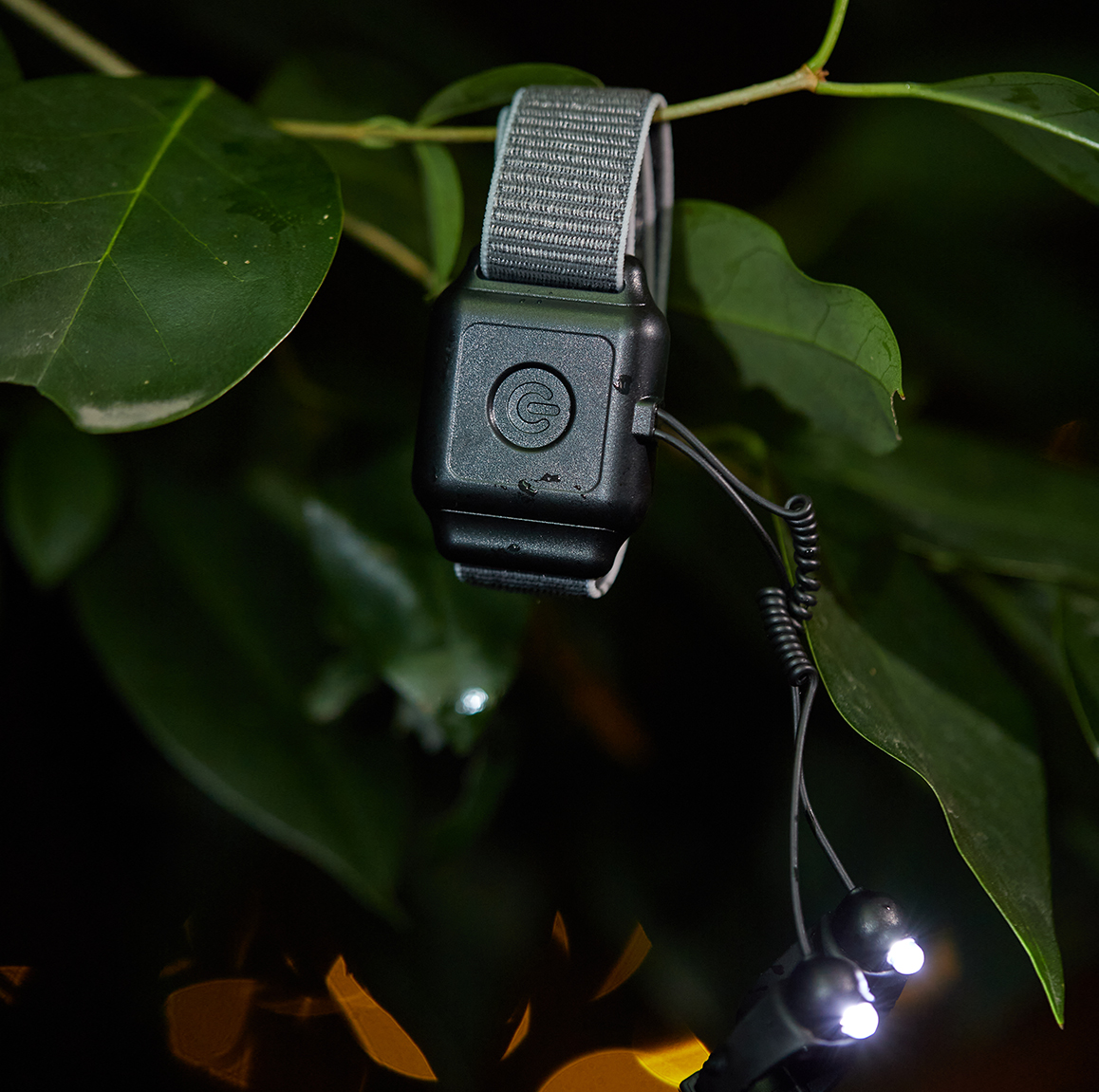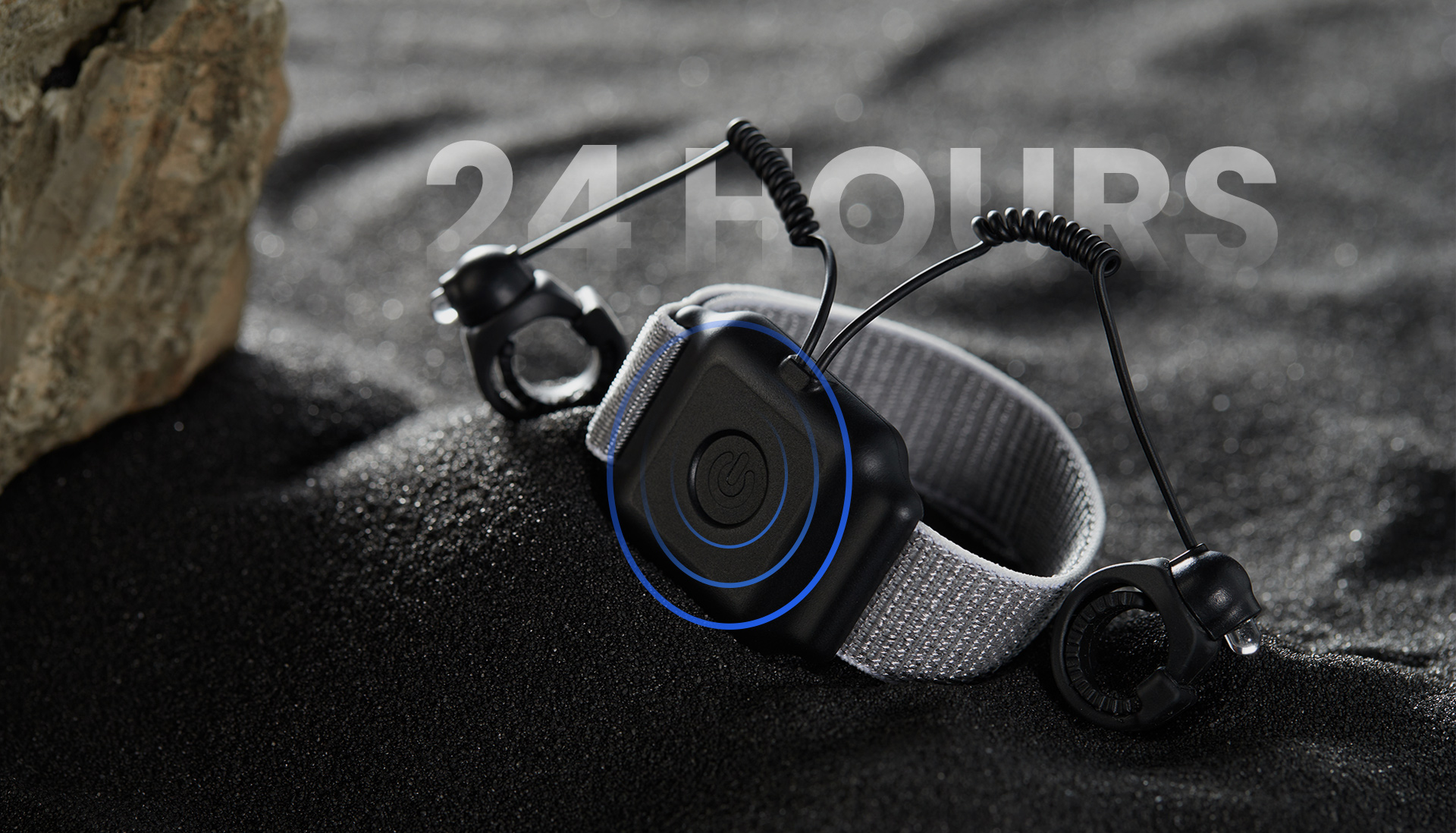1.Introduction
2.Handsfree Flashlights
3.Headlamp Flashlights
4.Comparison of Handsfree Flashlights and Headlamp Flashlights
5.Conclusion
Introduction
Portable lighting users typically choose between handsfree flashlights and headlamp flashlights as their leading options. Each flashlights comes with separate benefits because they address various needs throughout diverse situations. This blog discusses the core aspects and potential advantages along with limitations of each product format to aid users in choosing appropriate lighting solutions.
Handsfree flashlights function as illumination tools while working without needing hand interaction from users. The standard features of flashlights include clips along with straps and magnets that enable attachment to different body parts and surfaces, or can wear on hands to operate, such as LED hands free flashlight. Handsfree flashlights provide users with a wide range of applications because they attach to various surfaces and body parts. These flashlights have belts and backpack and metal surface attachments for hands-free use especially during repairs and hiking and camping activities.

Headlamp Flashlights
Headlamp flashlights serve their purpose by fitting onto the head via an adjustable strap. The pointed beam emitted by these lights follows the user while they move forward which makes them valuable for activities that need specific light such as sprinting or rock climbing or book reading in dark conditions. Headlamp flashlights retain high demand among outdoor adventurers and working individuals who expect trustworthy illumination that operates without manual control.
Comparison of Handsfree Flashlights and Headlamp Flashlights
1. Portability and Convenience
Handsfree Flashlights:
Handsfree flashlights maintain small sizes along with light weights which enables users to carry them conveniently. Users achieve flexible position control as they can fasten these flashlights to any desired surface.
Headlamp Flashlights:
The positioning of headlamps directly on the head keeps the light beam focused precisely on the direction of your vision. The need for mobility and continuous movement during activities can be supported by these flashlights extremely well. Headlamps carry several disadvantages since they weigh more than hands-free flashlights thus leading to discomfort during extended periods of use.
2. Light Output and Beam Quality
Handsfree Flashlights:
The main advantage of many handsfree flashlights includes a light adjustment system that lets users personalize their light output through various modes. The light beam tends to deviate from your intended direction when the flashlight remains attached to surfaces that do not point at your viewing angle.
Headlamp Flashlights:
Owning a headlamp gives you a steady and focused light beam which tracks your eye movements to suit tasks that need accurate illumination. Some headlamps show their disadvantage by offering restricted beam adjustment features for situations demanding broad or soft light output.
3. Battery Life and Power Source
Handsfree Flashlights:
The majority of handsfree flashlights operate on rechargeable battery cells or use regular AA/AAA batteries which makes both power-up and battery replacement straightforward. The battery operation time differs widely for different models while some hands-free flashlights lack extended use capabilities.
Headlamp Flashlights:
The LED bulbs included in headlamps allow extended outdoor operation due to their efficient energy usage.
Some models of headlamps need specialized power sources that shortens their operating time when set at high brightness.
4. Comfort and Wearability
Handsfree Flashlights:
Users can enjoy two main advantages when using hands-free flashlights because these devices are light-weight and adaptable through attachment possibilities to both gear and body parts.
Headlamp Flashlights:
The design of headlamps enables comfortable head-wearing through adjustable straps that provide an effective fit system. Even distribution of weight across the body helps prevent wearing out your muscles when using the product for long periods. Headlamp wear can be uncomfortable to users who must use the device extensively or if the strap creates excessive tightness.
5. Versatility and Use Cases
Handsfree Flashlights:
Handsfree flashlights provide users with exceptional versatility because they serve functional purposes during both repairs inside the home and outdoor activities. Exacting delicate work requiring precise lightweight illumination should use an alternative solution because these tools lack suitable hand-freedom features for that task.
Headlamp Flashlights:
The lighting function provided by headlamps delivers focused illumination to users working in dark spaces without requiring their hands. The key disadvantage of these head-lamps is their limited capability to replace hands-free flashlights because they serve their primary purpose as helmet-worn devices.
Conclusion
Handsfree flashlights have specific advantages that complement headlamp flashlights because they match differently to activity needs and location demands. The handsfree flashlight benefits users with its versatile features which enable multiple application scenarios. The focused illumination of a headlamp flashlight enables users to perform precise tasks without taking their hands off tasks because it provides handsfree operation.
Your selection should depend on the flashlight requirements of the activities you plan to use along with features such as comfort level and battery duration and output power. The flashlight selection process will succeed when you use the knowledge of their characteristics to choose one that suits your needs most effectively.
